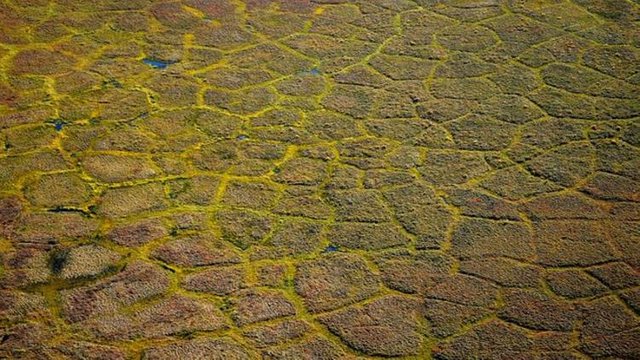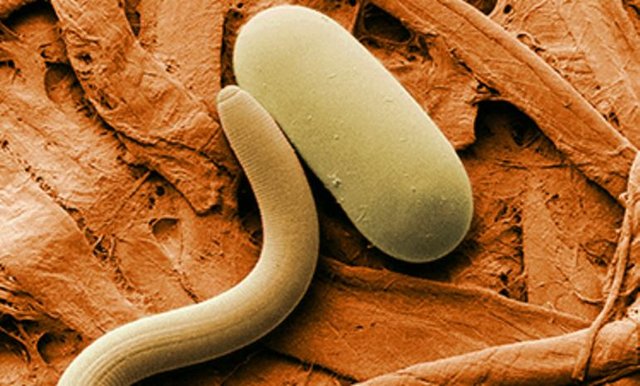The two round worms, which have been frozen for tens of thousands of years in permafrost in the constantly frozen soil in the Yakutia region of Russia, were dissolved by scientists and returned to life. These animals are now considered the oldest animals on the planet.
According to a new study by #Russian #scientists in cooperation with the #Princeton #University in the United States, two ancient nematodes (from the #Pleistocene #Era, frozen at 2.588,000 to 11,700 years ago and the geologic age of the world's last repeated glacial period) round worm) was returned to life in petri dishes.

32 THOUSAND, OTHER APPROXIMATELY 42 YEAR OLD
One of the two surviving worms reached 41,400 (plus / minus 1,400 years), while the other one reached about 32,000 years ago.
One of the worms was found in a squirrel's nest while the other was discovered near the #Alazeya #River.

ONLY 2 LIVES IN 300
Two worms brought from Russia's #Yakutia region are said to have begun to 'move and feed'.
It has been stated that about 300 ancient round worms have been dissolved in the laboratory at the Institute for Biological and Physico-Chemical Problems of #Soil #Science in #Moscow, but that only two such female roundworms have shown 'life signs'.
According to #Sputnik's authors, the authors used the phrase "We obtained the first indication that multicellular organisms exhibit long-lasting cryobiosis capability." According to the Siberian Times, scientists also said, "Our data shows that multicellular organisms naturally exhibit the ability to crioobiosis for decades (tens of thousands of years) to survive in frozen storage."
Scientists have stated that the work on the ability of these creatures to adapt can be based on sophisticated work in science such as cryobiology and astrobiology.
WHAT #LYCRYOBIOSIS IS?
#Living #creatures like #Tardigrad, the most durable #microscopic animal in the world and based on radiation, freezing cold and boiling, do not survive on extreme conditions.
Instead they go to a semi-dead stage called Cryptobiosis.
In this phase, similar to winter sleep, the metabolic rate is almost zero. Programmable water loss is one of the most obvious changes in the cryptobiosis process. In this way, the body water is frozen at low temperatures to prevent damages. The Tardigrads throw water from their cells, preventing possible crystallization. This resistance mechanism is also called Kriyobiosis.